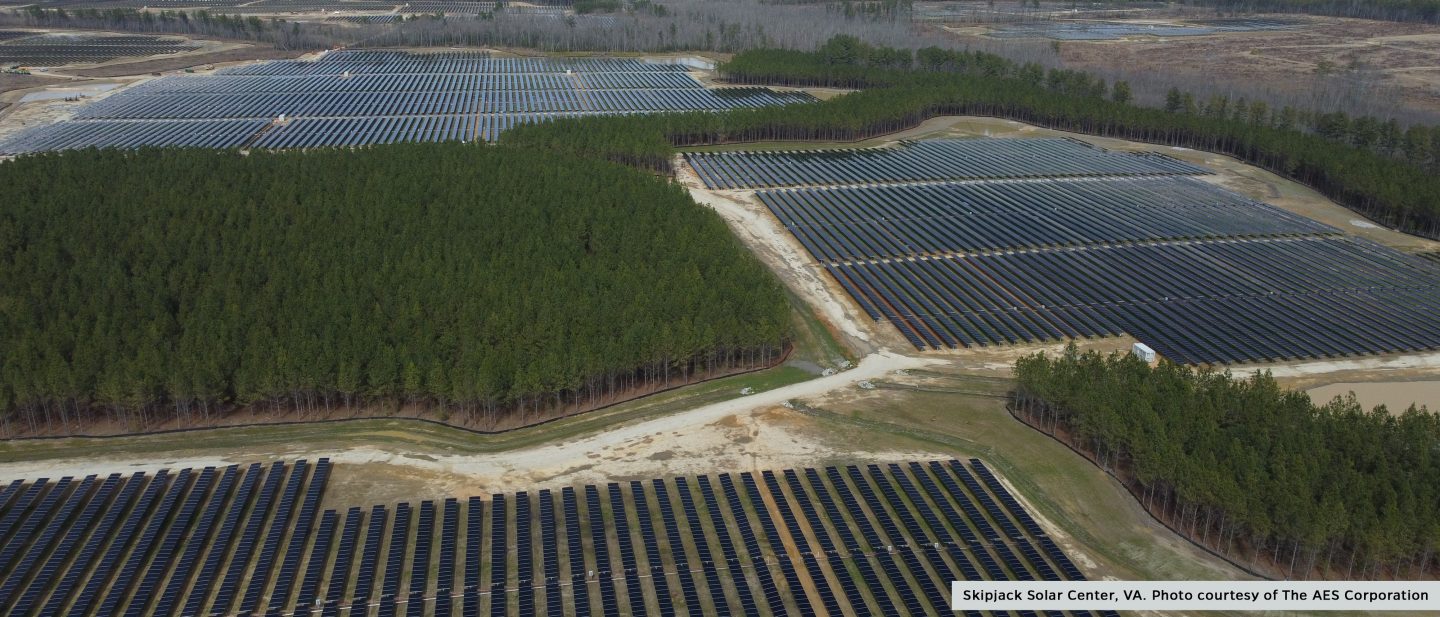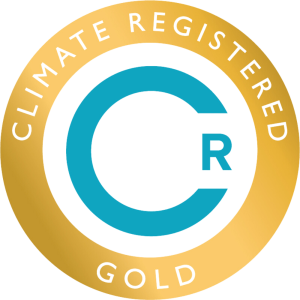
Greenhouse gas (GHG) emissions are warming the planet at a catastrophic rate, causing an undeniable effect across our environment and society. Johns Hopkins University (JHU) is committed to the transparent and accurate reporting of our emissions — a critical step to reaching net zero and mitigating the effects of the climate crisis.

Last year, JHU became one of only 19 universities to join The Climate Registry (TCR), an organization dedicated to connecting and empowering companies, governments, and institutions in North America to reduce their GHG emissions and mitigate their impact on climate change. Now, JHU has received a Climate Registered Gold Certification, a designation for those organizations whose emissions reporting have been validated by a third-party and are reported publicly.
Agathe Pierot, Sustainability Manager for Operations & Data in the JHU Office of Sustainability, explained what this means.
Why is it important for a company’s greenhouse gas emissions to be verified?
“If you worked in a business, stakeholders would want to see financial figures that have been audited by an outside party who can independently confirm that they are accurate,” Pierot notes. Climate reporting is no different. As companies and universities set more ambitious climate goals, phenomena like “greenwashing” and “greenhushing” have become more common — terms referring to misleading or nontransparent data around sustainability targets.
To combat this, according to TCR, getting verified “provides assurance that the publicly available reports represent a faithful, true, and fair account of GHG emissions.” Without verified and transparent data, organizations cannot be held accountable for reducing emissions and doing their part to mitigate climate change.
Having led the annual GHG inventory for the last several years, Pierot says, “It has always been important that it’s not just me doing this work. Now, we have a seal of approval from a third-party team of specialized experts who can attest that we’re doing our work thoroughly and the figures we are publishing are accurate.”
What were some of the challenges to achieving this verification?
“The first challenge comes from needing to comply with global standards to ensure our data is comparable. If I was a stakeholder who was really concerned about climate and debating between working with two different companies, I would want to be sure that they are computing emissions in the same way,” says Pierot.
For JHU, that meant a change to our process. Previously, the university’s emissions inventory only included owned buildings and spaces — not those that are leased or rented. However, to comply with international standards, we now needed to include all buildings occupied by the university regardless of ownership status. With buildings accounting for 97% of the JHU’s GHG emissions, this represents almost 2.8 million additional square feet of space and 17% of our emissions in the latest fiscal year inventory.
The next challenge came from the complexity of the verification process itself. According to Pierot, “It’s an intensive back-and-forth process where the verifier checks everything from the quality of the raw data to the computation methods and emissions factors.” This is compounded by the decentralized nature of JHU where each campus and building have different people, processes, and formats for reporting data. Fortunately, the lessons learned this year will result in a more streamlined process in the future.
What are the greater implications of this achievement, and what does it mean for the university going forward?
“This puts us in a really good position as we work to finalize our net zero goals and strategies moving forward. We have a strong baseline, understand where our emissions are coming from, and can track progress consistently and accurately in the future,” notes Pierot.
Over the last two years, JHU has developed a new Climate Action and Sustainability Plan, which sets ambitious goals for reducing our emissions footprint, among other areas like research and teaching, environmental justice, transportation, and more. Released as a draft in Fall 2023, the final plan will be announced in 2024. As the Plan charts a path for institutional climate goals through the next decade and beyond, we will continue to leverage the verified emissions data to monitor our progress toward a healthier environment for all.
For more information on our climate action goals and progress, visit the JHU Sustainability webpage.